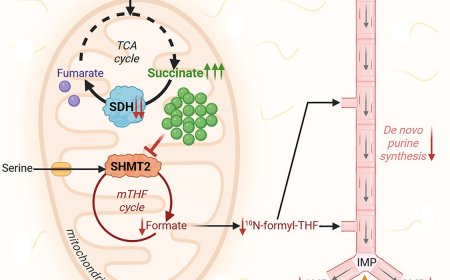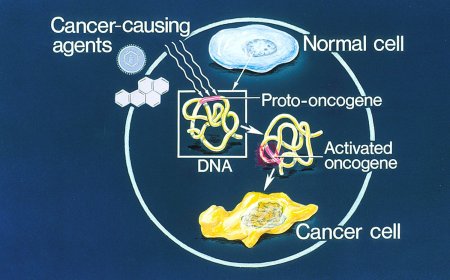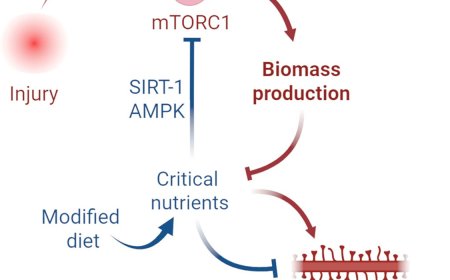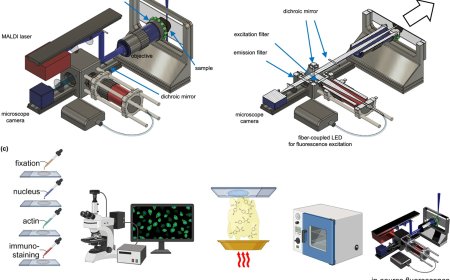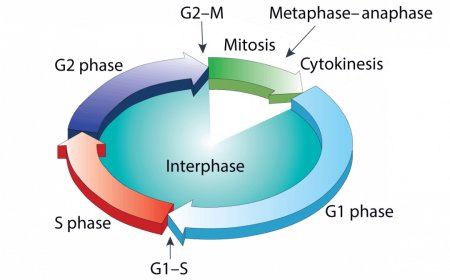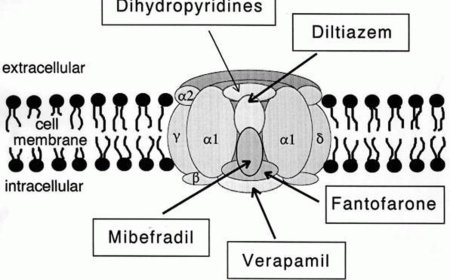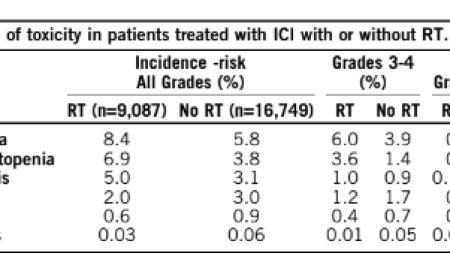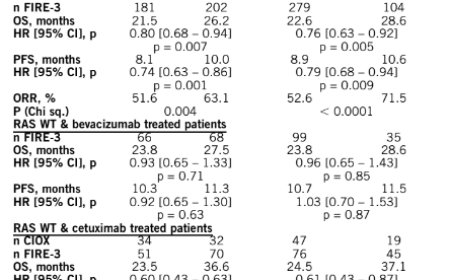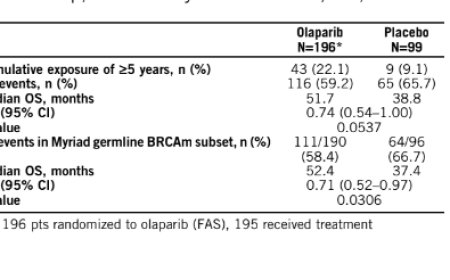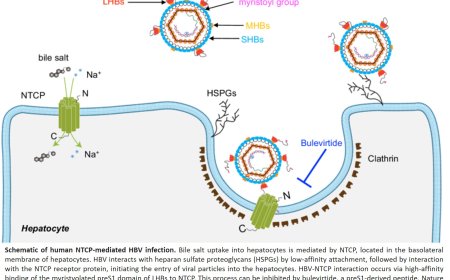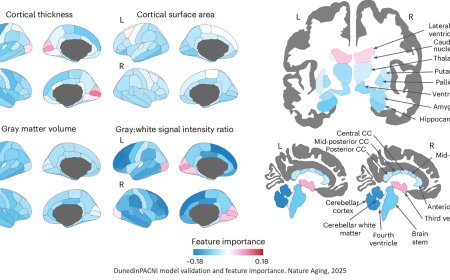Nonlinear sound-sheet microscopy

Ultrasound is one of the most widely used imaging techniques in medicine, but up until recently it hardly played a role in imaging the tiniest structures of our bodies such as cells. “Clinical ultrasound, like the kind used for pregnancy scans, creates real-time images of body parts”, the first author explains. “It allows diagnosis of various diseases, or to monitor a developing baby. However, what is going on at a microscopic level remains hidden.”
Artist’s impression of the new ultrasound technique, called nonlinear sound sheet microscopy. The blue lines represent two ultrasound waves intersecting in an X-shape pattern to scan cells and capillaries in body tissue. The cells and capillary vessels are labelled with ultrasound probes (in cyan and pink), making them light up in ultrasound images. (Credits: Maayan Harel, Maresca Lab)
The present leading technology to image how living cells behave in 3D, for example during the development of embryos, is called light sheet microscopy. This method is limited to translucent or thin specimens because light cannot penetrate deeper than 1 mm in opaque tissue. “Ultrasound can image centimetres deep in opaque mammal tissue, allowing non-invasive imaging of whole organs. This gives us information about how cells behave in their natural environment, something that light-based methods can’t do in larger, living tissues”, the lead researcher says.
In addition to revealing cells, the team used ultrasound and microbubbles as probes circulating in the blood stream to detect brain capillaries. The author said: “To our knowledge, nonlinear sound sheet microscopy is the first technique capable of observing capillaries in living brains. This breakthrough has tremendous potential to diagnose small vessel diseases in patients.” Since microbubble probes are already approved for human use, this technique could be deployed in hospitals in a few years.
Beyond clinical practice, sound-sheet microscopy can greatly benefit biological research and the development of new cancer treatments in particular, according to the author. “Our imaging technique can distinguish healthy versus cancer tissue. Furthermore, it can visualise the necrotic core of a tumor; the centre of the tumor where cells start dying due to a lack of oxygen. Thus, it could assist in monitoring the progression of cancer and the response to treatment.”
